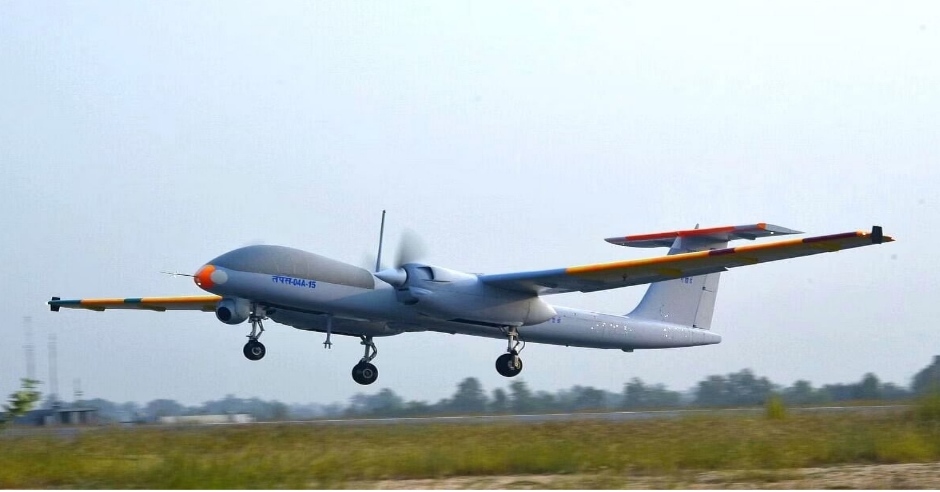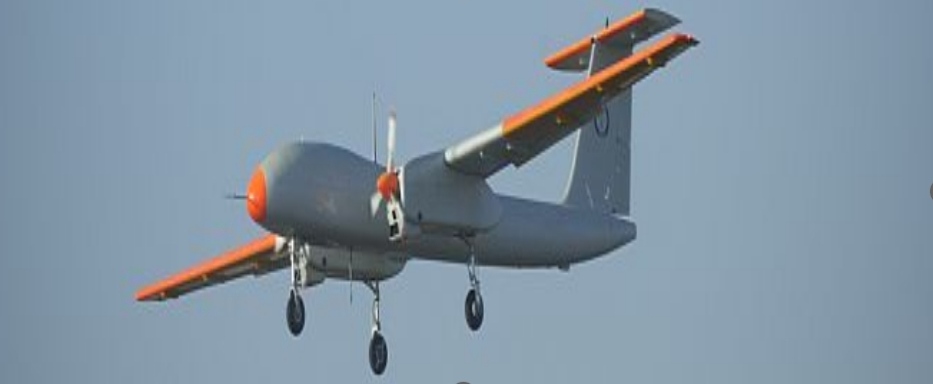India’s Indigenous UAV Programme now ready for deployment, Purchase from USA is Stop Gap

Recently the Defence Acquisition Council (DAC) has approved a proposal to acquire 31 MQ-9B Predator High-Altitude Long Endurance (HALE) UAVs for the three wings of Indian armed forces.
These long endurance drones will provide the essential capability to the Army to monitor movements of Chinese forces along the Line of Actual Control (LAC) in both Ladakh and occupied Tibet from long range. It will also provide the IAF an eye to monitor the various airfields in Occupied Tibet and other places even inside China. The largest number are for the Navy to boost its surveillance capabilities in the Indian Ocean. Present such heavy load is on the 12 x P8I of the two LRMR Squadrons. The best part is that these MQ 9B Predator UAVs can be also used for strike role.
However this development has led to a certain section in the Media to declare the efforts of the India’s military-research-industrial complex to go in the serues production mode of its own long range and long endurance UAV as a failure. Either these people are totally knave or have a very deep agenda.
Indian forces already operate a variety of UAVs both home grown and imported.Over the years starting in 2009 with AURA (Autonomous Unmanned Research Aircraft) programme, the DRDO developed several version and kept going on for higher endurance and longer range.

TAPAS
Now in a remarkable achievement, the Defence Research and Development Organisation (DRDO) and the Indian Navy successfully showcased the transfer of command and control capabilities of the Tapas Unmanned Aerial Vehicle (UAV).
The UAV took off from a distant ground station from the Aeronautical Test Range (ATR) in Chitradurga and covered a distance of 285 kilometers to reach the Karwar naval base. Thereafter the command of the UAV was transferred to the INS Subhadra, a warship situated 148 kilometers away from the Karwar naval base.
To facilitate this Ship based control of the UAV, one Ground Control Station and two Ship Data Terminals were installed on board the INS Subhadra. Following the successful trial, the Tapas UAV safely landed back at the ATR.
During the demonstration, the Tapas UAV operated flawlessly at an altitude of 20,000 feet above sea level. It completed a 3-hour and 30-minute flight, with the INS Subhadra assuming control of the UAV’s operations for a duration of 40 minutes.
Equipped with advanced sensors and cameras, the TAPAS UAV can capture high-resolution images and videos. The collected data can transmitted to a ground control station / ship based station for further analysis.
The Tapas UAV is a Medium Altitude Long Endurance (MALE) unmanned aerial vehicle capable of operating at altitudes of up to 28,000 feet with an endurance of over 18 hours. It was publicly showcased during its first flight at Aero India 2023 in Bengaluru earlier this year.
Designed to fulfil the Intelligence, Surveillance, Target Acquisition, Tracking & Reconnaissance (ISTAR) requirements of the tri-services, the Tapas UAV can effectively operate in both day and night conditions. The UAV can be controlled remotely and also has the ability to execute pre-programmed flight plans autonomously with precision and flexibility. By 2025 it should go into full scale production and inducted into all three Services.
Now the next aim is to turn the Tapas into an armed UAV. This is likely to take some more time. Meanwhile It has been decided to acquire 31 x MQ9 B Predators UAVs from USA to take on the attack role. This will be just a gap filler ( though a costly one at INR 40000Crores ) till we get own indigenous ones.
DRDO is also working on Project Ghatak with an objective to develop a stealthy UCAV based on flying wing design.. The flying wing configuration will be stealthy, can carry more fuel and payload than conventional UCAV designs and will be capable ofcarrying all kinds of missiles and guided ammunition.. The Ghatak UCAV is projected to weigh less than a fighter jet and is intended to be powered by a ‘dry engine’ derivative of Kaveri turbofan engine capable of producing a thrust of 52 kN. This project will be able to provide the Navy too with deck based UAVs apart from equipping land based Squadrons / Flights for the three Services. The first pre production series should be flying by 2026.




